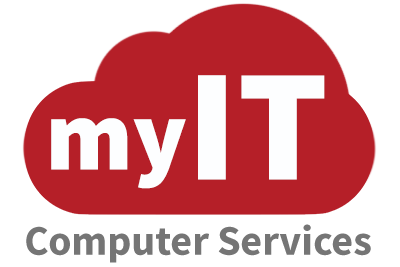
Windows 7 EOS Migration
Microsoft is about to finish support for its Windows 7 operating system on January 14, 2020. Transition to another operating system will be a difficult obstacle for many businesses because Microsoft one is wide-spread and popular. In order not to face problems and remain unprotected, companies should think over a security plan in advance.
What Does End of Support Mean?
Microsoft will stop releasing updates for computers that use Windows 7 software, so there will be no more compatibility and security fixes for modern software. Companies will have a lack of customer support.
If companies do not upgrade their software and instead decide to run on the legacy Windows 7 platform, their users will gradually lose their ability to work with existing software and have bad security programs.
Adopting updated Managed Services is an efficient way to stay up-to-date on technology, have access to professional skills and issues related to quality of work. Within the framework of this model, businesses are always under control.
Without well-prepared adjustment plan with specific goals companies can’t identify and deliver solutions that improve a business system and reduce breakdowns.
Finally, the discontinuation of support for the Windows 7 operating system means a lack of security, problems with program compatibility and a sharp decline in business productivity.
Possible Options
Microsoft recommends updating the operating system to Windows 10. Adjusting and acquiring new software helps to keep up the path with modern technology. Using careful updated capabilities coupled with intelligence, business can easily detect potential threats based on system changes. Multilevel protection with the use of IT security solutions minimizes the risks of cyber-attacks and eliminates unforeseen costs.
If you cannot transfer your workplace to a new one installing Windows 10, staying with Windows 7 may be a good option, but installation costs will quickly outweigh the benefits because prices increase each year to $ 25 per device per year 1, $ 50 per device per year 2 and $ 100 per device per year 3.
As an alternative, you can work with a local IT firm to develop an attack plan. Because of extensive qualified approach, businesses have full information support and consultations in any data security issue.
Transition Preparation
If you decide to invest in ongoing support or completely relocate the entire infrastructure, you need to start planning right now. With well-planned solutions, you reduce the risk of losing corporate information. You can use the data backup service and store them in the cloud. Regular backups aim to reduce the risks associated with the unavailability of company data, leading to a slowdown in business processes.
If businesses decide to use the option of ongoing support through Microsoft, they need to be ready to face with following problems:
If businesses decide to use the option of ongoing support through Microsoft, they need to be ready to face with following problems:
- License migration
- Limitation management
- Personal data protection
- Compatibility issues
- Customer security assurance
- Uninterrupted services provision
These are just some of the aspects you will encounter if you decide to continue using Windows 7.
At MyIT, we recommend that you begin preparations for the full transition from Windows 7 to Windows 10 involving IT managers. Professional experts find the individual approach to the solution based on quality checking. IT specialists manage more than just information security; they maintain the pulse of any bank.
In addition, you should plan the transition process in advance with your IT team or external firm. Overhaul of the operating system of the entire company is not a transition overnight. Having started the process now, you will completely switch to January 14, 2020, when support is over. Do not wait for the end of support for Windows 7, start the preparation right now.


